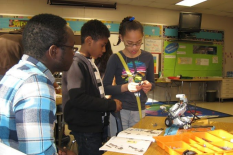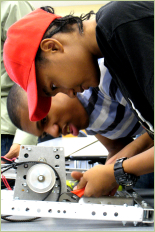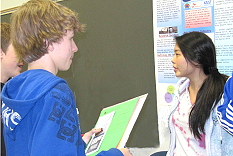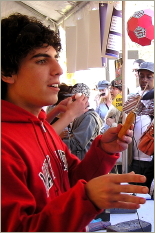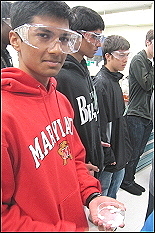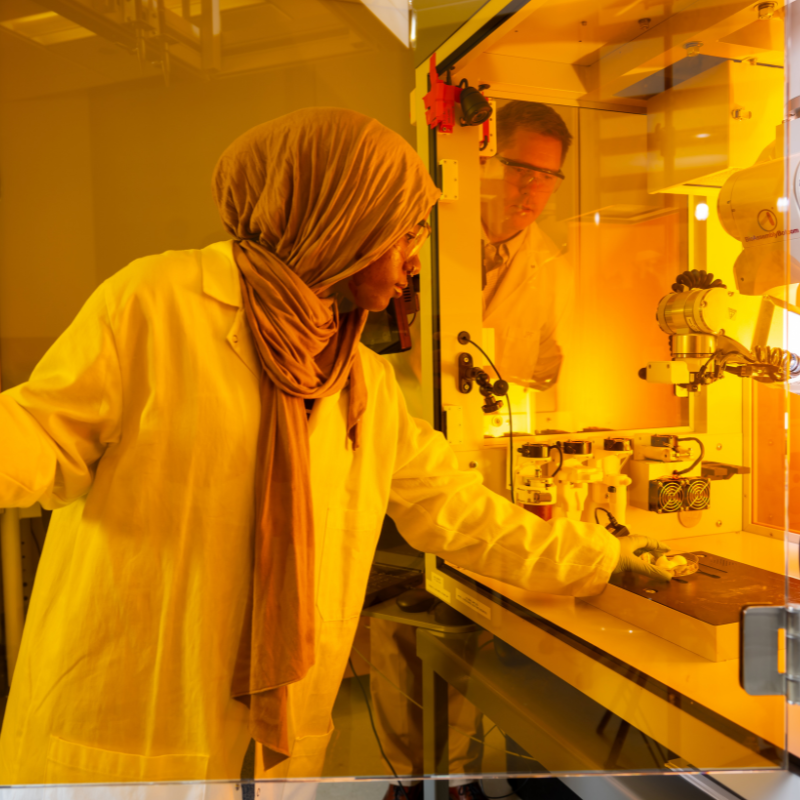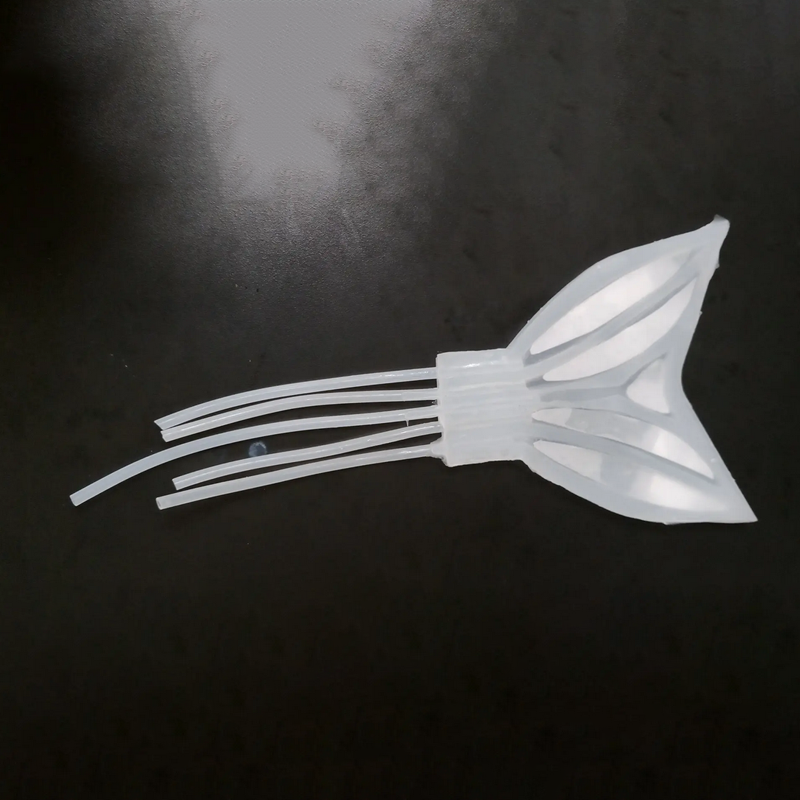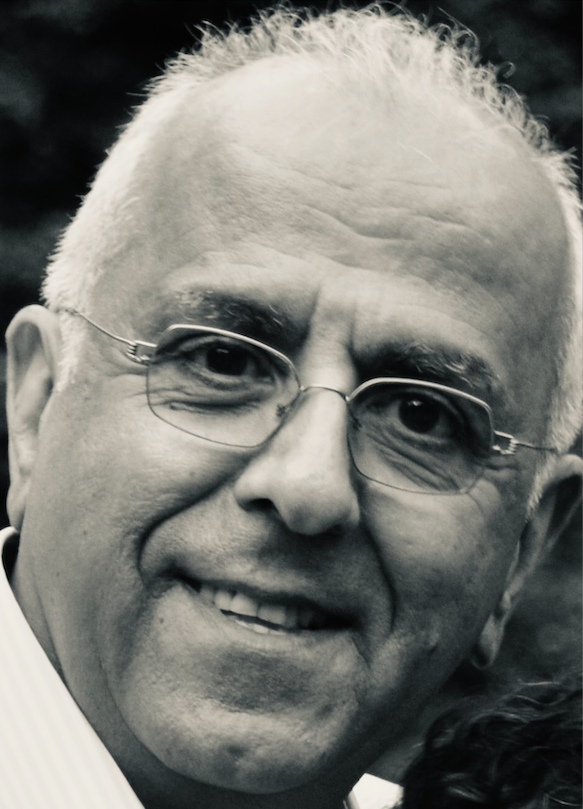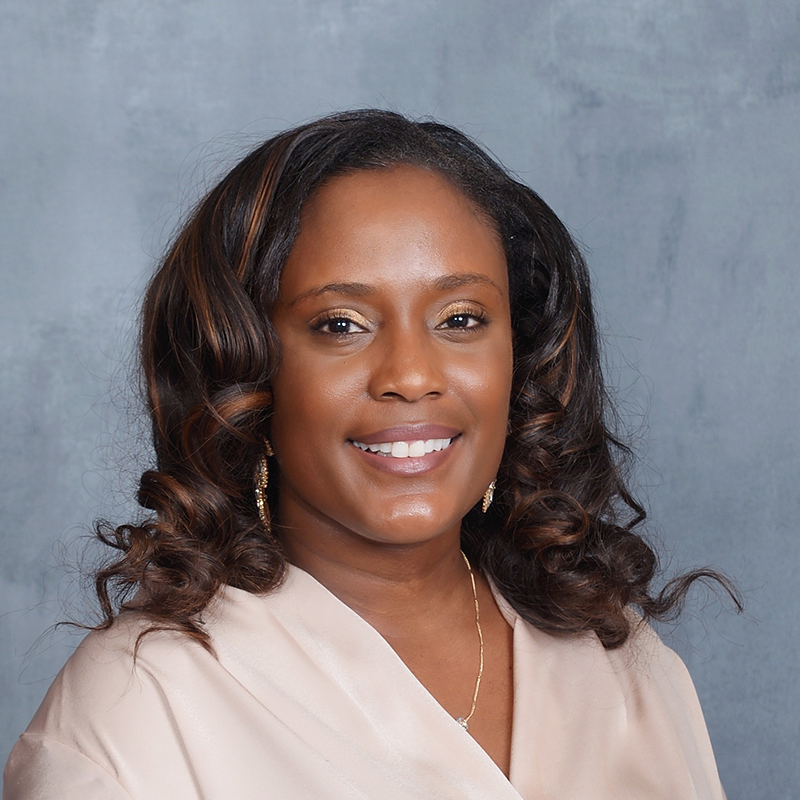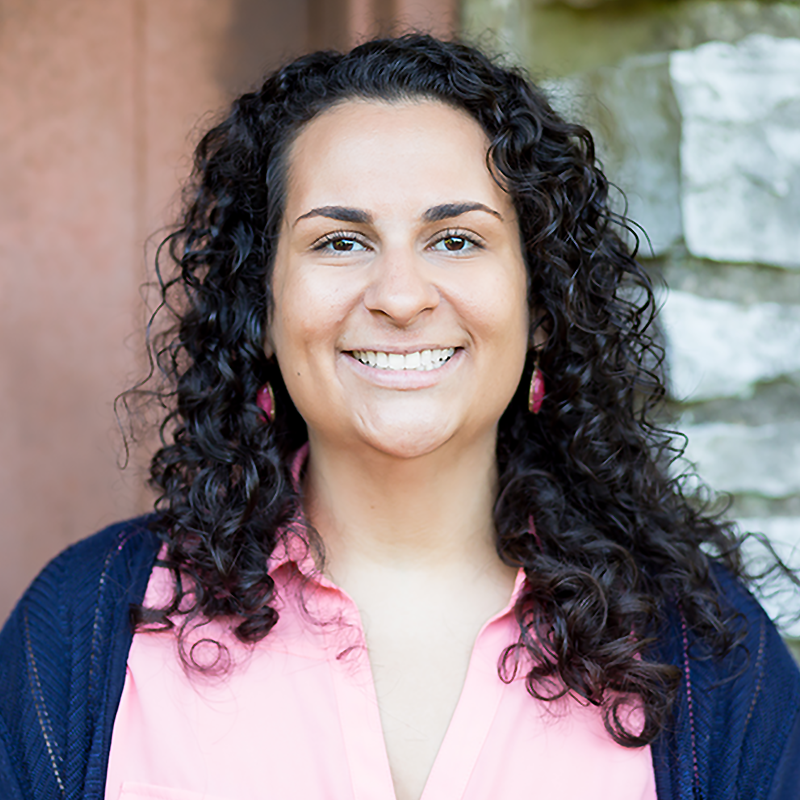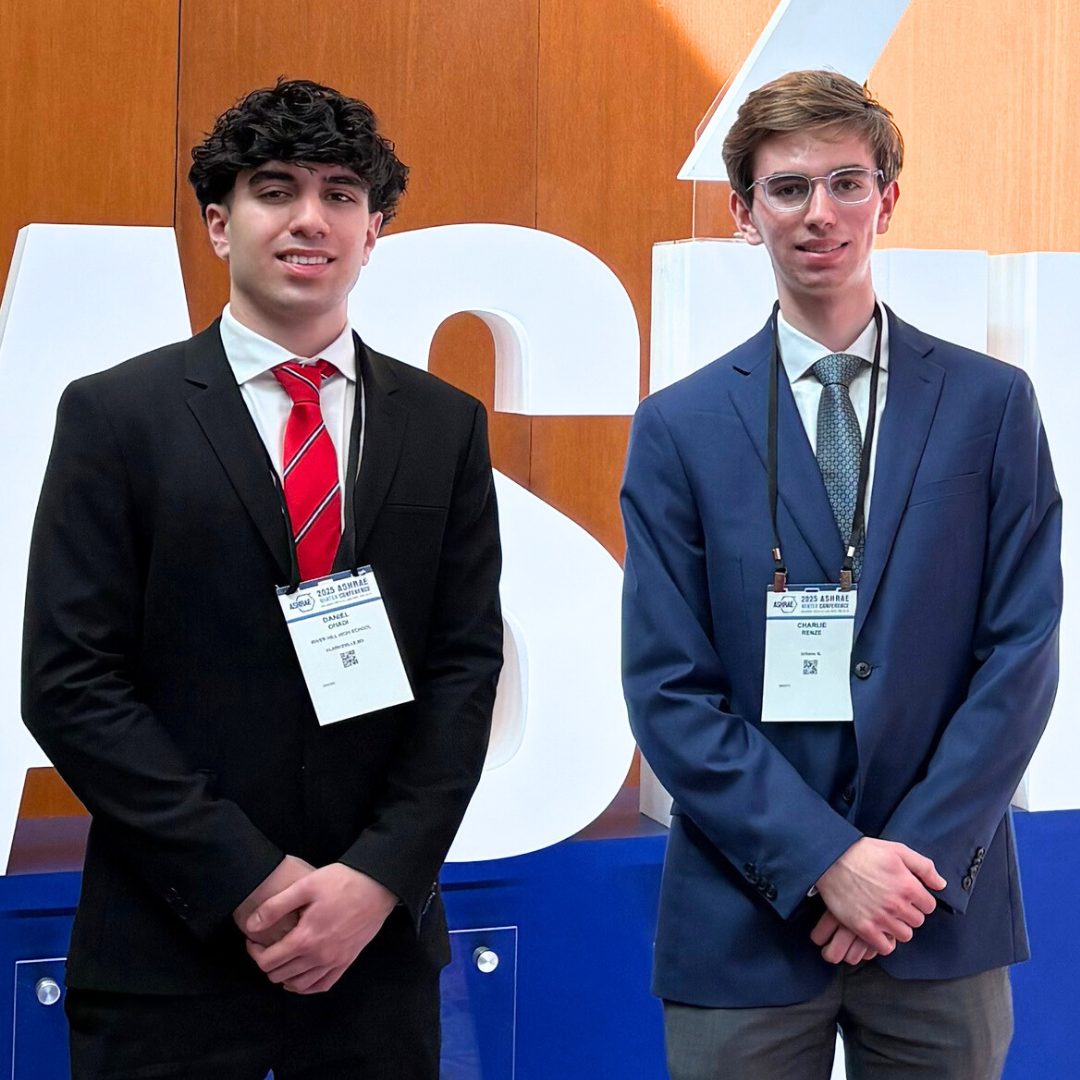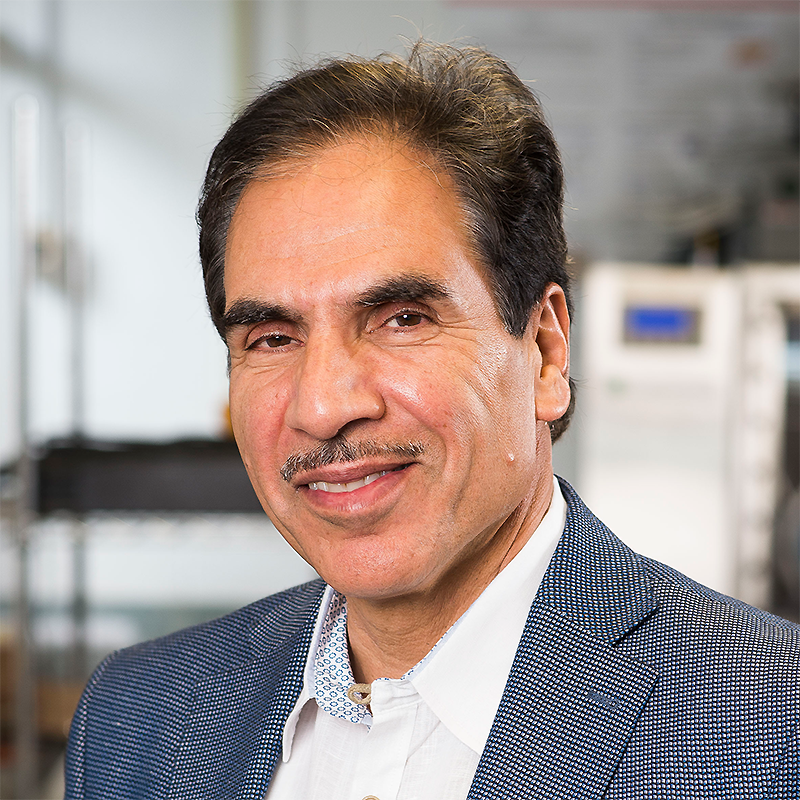News Story
Walter Reed Army Medical Center - 1,097 prosthesis and rehabilitation recipients
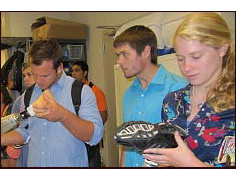
STS, Engineering and Kinesiology undergraduates examine prosthetic legs in the fabrication laboratory at Walter Reed Army Medical Center, Oct. 1, 2010.
"To work here, with these patients, is extremely gratifying."
Dr. Erik Wolf, researcher at the gait lab, Military Advanced Training Center, Walter Reed Army Medical Center, Washington DC, October 1, 2010.
Supervisors for rehabilitation and for orthotics and prosthetics, Roger Lemacks and David Laufer, hosted 15 visitors from the University of Maryland on October 1, 2010. We toured the prosthetics and orthotics fabrication laboratory and the MATC, a state-of-the-art rehabilitation center that opened in September 2007. We saw technicians infuse carbon fiber cups with liquid plastic, bake sheets of plastic to render them pliable, and prepare castings of limbs as positive molds for these cups. The fabrication laboratory was more of a workshop, with odors, dust, heat, and physical labor. We also saw service men and women receiving rehabilitation and working out while wearing their prostheses. We were oriented to an occupational therapy car, the CAREN virtual reality rehabilitation stage, and the gait lab, by the military specialist and civilian engineers who operate them.
Arm and leg prostheses vary in mechanics, styles, fabrication, and fit, according to James Vandersea and John Warren. Each man has an undergraduate degree in prosthetics, a field that captured their passion years ago. As fabricators went about their work, we watched several stages in the creation of the form-fitting cup that enables a prosthetic leg recipient to rest their weight and to walk. One cup had a Pittsburgh Steelers logo embedded in the surface plastic, another had a camouflage pattern, and an arm had a naturalistic silicon hand that could be unscrewed and exchanged for a durable metal claw. Each prostheticist described advances in limbs over the last 20 years, which provide recipients with more degrees of freedom, more power, and more mobility. Some limbs move using cables and others by motors, each actuated by either an embedded sensor or by a movement made by the person wearing the prosthesis. Some foot and leg prostheses are made of a curve of metal that springs back during athletic activities and is completed with a glued-on sole cut from an athletic sneaker. Photographs may be seen at http://www.sts.umd.edu/gallery/01-matc-2008.html.
As a service man or woman adopts a prosthetic limb over weeks and months, the careful fabrication of the surface that meets the skin can be repeated 20 times; the fit affects not only the feeling of the prosthesis but the posture of the body. During rehab, the recipient's body changes, requiring new cups for improved fit, posture and gait. Dr. Erik Wolf, who conducts research in the gait laboratory, uses an array of cameras and motion sensors to build a schematic of one's walk, enabling researchers to interpret gait, rehabilitation, and the fit of prostheses. Whether on the prosthetic or the rehabilitation side, each dedicated professional described the process of a service man or woman adopting a prosthesis as a back-and-forth volley of adjustments among the craftsmen and rehabilitation experts who serve them.
The MATC features a large gym with strength and aerobic machines, which enable patients to gain strength and familiarity with their prostheses. On Oct. 1, 2010, the day of our visit, the gym was heavily used with more than 20 people pursuing rehab. While one middle aged man worked a recumbent cycle while wearing his prosthetic foot, several college-aged men received individual rehabilitation while reclining. In the hallways of the MATC, we see several mothers carrying prosthetic limbs or crutches, following their sons as they wheeled themselves around. Because prosthesis recipients from the Iraq and Afghanistan wars typically lost their limb in a bomb blast, 60% live with traumatic brain injury, and many have additional injuries that also affect their adoption of a prosthesis.
An air of positive, matter-of-fact industry infuses the facility's entire workforce. Every person conveys it, from the occupational therapist who orients prosthetic recipients to a model car, in which they can learn to use hand controls, lifts, and modified pedals, to a physical therapist who elicited laughter repeatedly from a man seeking to balance better on his prosthetic limb. Every person who spoke to us conveyed the attitude that "there is no better work than this," including the craftsman carefully smoothing the mold for a limb's plastic cup, and the administrator who celebrated the athletic achievements of men and women who have passed through the MATC. Because most prosthesis recipients are college-aged and all are service men or women, as a cohort they have tremendous determination to adopt the prosthesis; hundreds have returned to active duty.
The University Certificate Program in Science, Technology and Society (STS) organized this field trip around its Fall 2010 theme, "the human body and technology." The STS University Certificate is a degree program open to any undergraduate. For those interested in the interactions of science and society or of technology and society, its seven courses (3 CORE and 4 upper electives) enable a student to impose coherence on electives. We offer field trips each semester, including a trip on Nov. 3, 2010, to the Army Research Laboratory, Adelphi. Please visit our website or contact the Director to schedule an informational interview by emailing bmendel@umd.edu. The STS University Certificate Program is administered by the A. James Clark School of Engineering.
Published October 4, 2010
